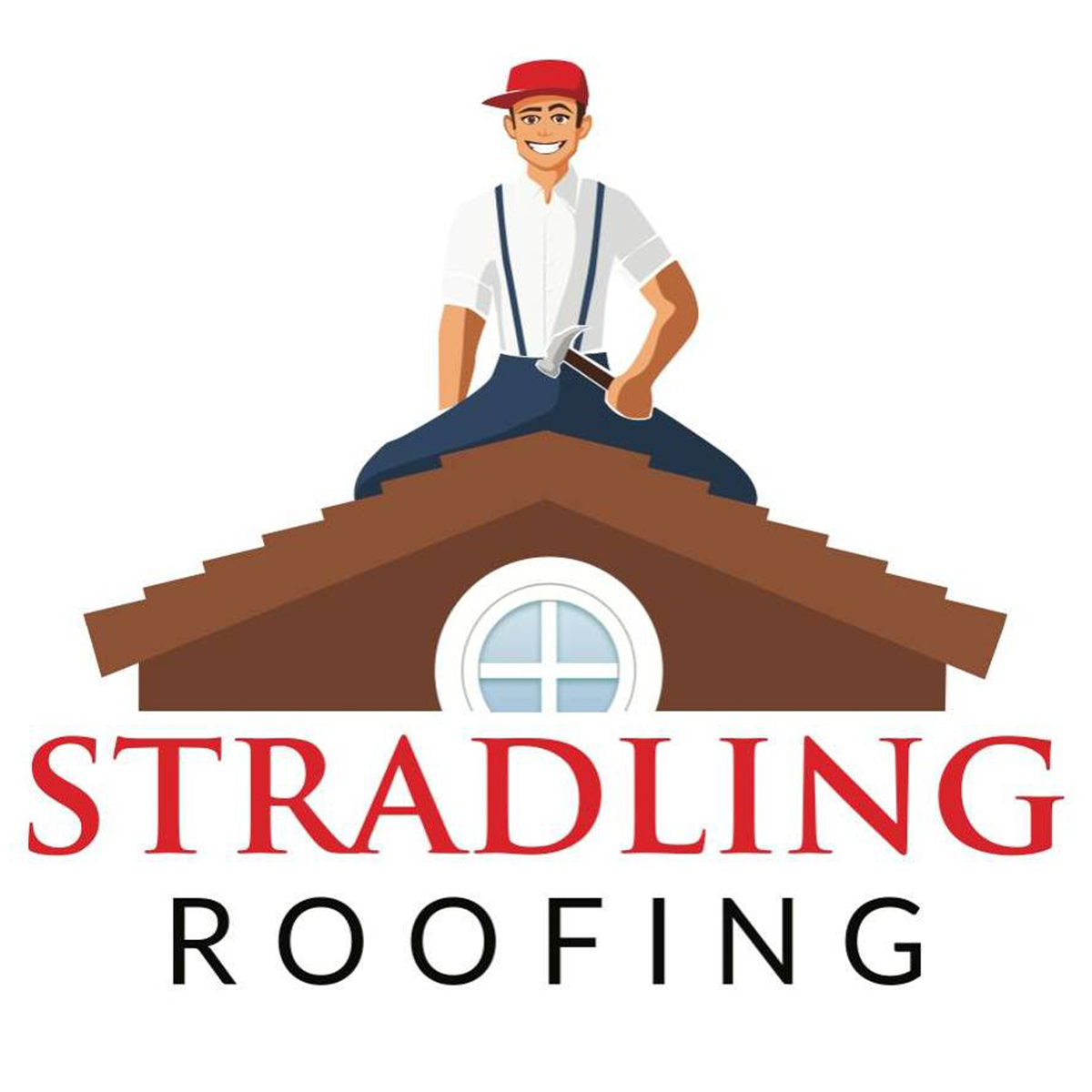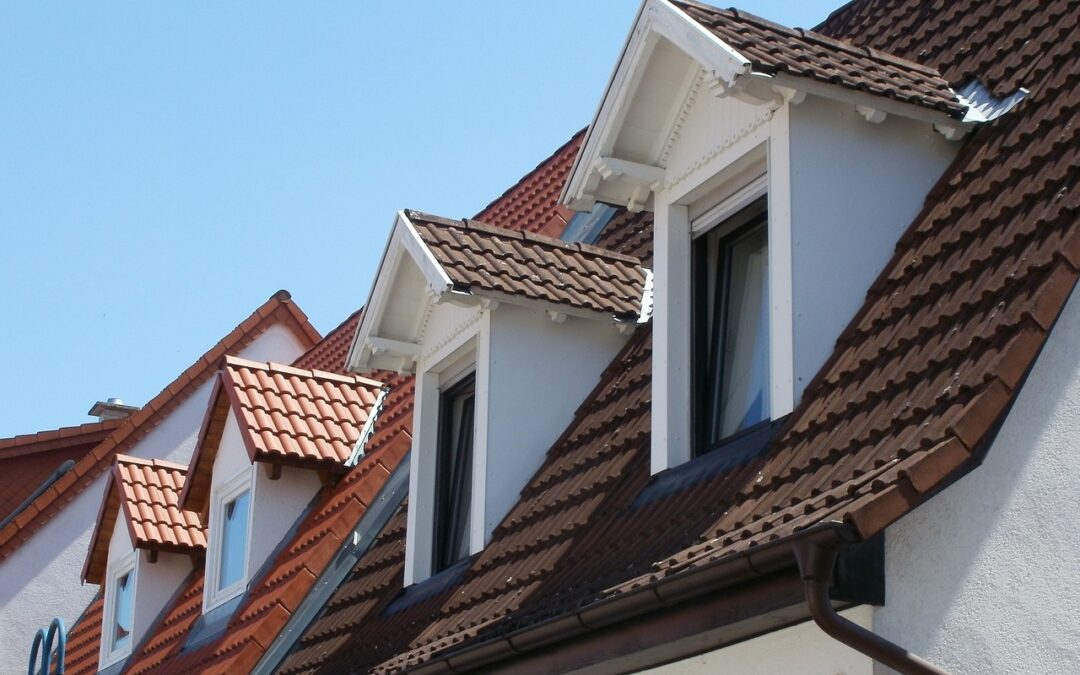Understanding the Impact of Sun and Heat on Roofing in Arizona
Arizona’s climate is characterized by extreme heat and relentless sunlight, conditions that can have significant effects on roofing materials. Homeowners in this region need to understand how sun and heat impact their roofs to make informed decisions about roofing materials, maintenance, and overall home protection. This article delves into the various ways Arizona’s climate affects roofing and offers insights into mitigating these effects.

The Effects of Prolonged Sun Exposure
UV Radiation Damage:
– Material Degradation: Continuous exposure to ultraviolet (UV) radiation can cause roofing materials to degrade over time. This is particularly true for asphalt shingles, which can become brittle and crack under intense sunlight. UV radiation breaks down the molecular structure of many roofing materials, reducing their effectiveness and lifespan. For example, organic components in asphalt shingles can deteriorate, leading to reduced waterproofing capabilities.
– Color Fading: UV rays can also cause the color of roofing materials to fade, leading to a dull, aged appearance. This is an aesthetic concern for homeowners who want to maintain the visual appeal of their property. Color fading is more pronounced in materials like asphalt shingles and certain types of metal roofing, which can lose their vibrant hues after prolonged sun exposure.
Heat Absorption:
– Thermal Expansion: Different roofing materials expand and contract with temperature changes. This constant expansion and contraction can lead to warping, cracking, and other forms of structural damage. For instance, metal roofs, though durable, can expand and contract significantly, potentially loosening fasteners over time.
– Increased Indoor Temperatures: Roofs that absorb and retain heat contribute to higher indoor temperatures, leading to increased cooling costs and added strain on air conditioning systems. Dark-colored roofs are particularly susceptible to this issue as they absorb more heat compared to lighter-colored roofs.

Specific Impacts on Common Roofing Materials
Asphalt Shingles:
– Heat Degradation: Asphalt shingles are particularly susceptible to heat damage. The intense Arizona sun can cause them to become brittle, leading to cracks and a shorter lifespan. The heat can also cause the asphalt to soften and then re-harden, a process that weakens the shingles over time.
– Granule Loss: The protective granules on asphalt shingles can be eroded by UV radiation, reducing the shingles’ effectiveness and exposing the underlying material to further damage. Granule loss can accelerate the degradation process, leading to premature roof failure.
Metal Roofing:
– Reflectivity and Durability: Metal roofs are known for their reflective properties, which help reduce heat absorption. However, the intense heat can still cause expansion and contraction, potentially leading to fastener issues and panel warping. Metal roofs with reflective coatings or light-colored finishes can significantly reduce heat gain.
– Noise Concerns: While not directly related to heat, the expansion and contraction of metal roofs can sometimes result in increased noise, which can be a nuisance during temperature fluctuations. Proper insulation and underlayment can help mitigate this noise issue.
Clay and Concrete Tiles:
– Thermal Performance: These materials are highly resistant to heat and do not degrade as quickly as asphalt shingles. Their thermal mass can also help regulate indoor temperatures by absorbing heat during the day and releasing it at night.
– Weight Considerations: The heavy nature of clay and concrete tiles requires a robust roofing structure, which must be accounted for during installation to prevent structural issues. Despite their weight, these materials offer excellent durability and longevity, often lasting 50 years or more.
Mitigation Strategies for Sun and Heat Damage
Cool Roofing Materials:
– Reflective Coatings: Applying reflective coatings to roofing materials can significantly reduce heat absorption. Cool roofing materials are designed to reflect more sunlight and absorb less heat, helping to keep indoor temperatures lower. These coatings can be applied to various roofing types, including metal, asphalt shingles, and tiles.
– Energy Efficiency: By reducing the amount of heat absorbed by the roof, cool roofing materials can lower energy costs associated with cooling homes. Studies have shown that cool roofs can reduce cooling energy use by up to 15%.
Proper Ventilation:
– Attic Ventilation: Ensuring adequate ventilation in the attic space can help dissipate heat and reduce the temperature differential between the roof and the interior of the home. This can prevent excessive heat buildup and reduce the strain on roofing materials. Proper attic ventilation involves the use of intake vents (like soffit vents) and exhaust vents (such as ridge vents) to create a continuous airflow.
– Ridge and Soffit Vents: Installing ridge vents and soffit vents can enhance air circulation and improve overall ventilation efficiency. These vents work together to allow hot air to escape from the attic while drawing in cooler air from the outside.
Regular Maintenance:
– Inspections: Regular roof inspections can identify early signs of damage caused by heat and sun exposure. Addressing minor issues promptly can prevent them from developing into more significant problems. Inspections should be done at least twice a year, ideally in the spring and fall.
– Cleaning and Repairs: Keeping the roof clean and performing necessary repairs can extend the lifespan of roofing materials. Removing debris and addressing any damage promptly can mitigate the effects of the harsh Arizona climate. This includes checking for and repairing any cracked or missing shingles, loose or damaged tiles, and ensuring all flashings are secure.

Choosing the Right Roofing Material for Arizona
Material Selection:
– Durability: When selecting roofing materials, prioritize those that are known for their durability and resistance to heat and UV radiation. Metal roofs, clay tiles, and concrete tiles are excellent choices for Arizona homes. These materials not only withstand the climate but also offer long-term cost savings due to their longevity.
– Energy Efficiency: Consider materials with high reflective properties or those that can be treated with reflective coatings. These materials can help reduce cooling costs and improve overall energy efficiency. For example, metal roofs with cool roofing coatings can reflect up to 90% of solar radiation.
Professional Installation:
– Expertise: Ensure that your roofing contractor has experience with installations in hot climates. Proper installation techniques can significantly impact the performance and longevity of your roof. Experienced contractors will know how to address issues specific to Arizona’s climate, such as installing adequate ventilation and choosing the right materials.
– Warranty and Maintenance Plans: Look for contractors who offer comprehensive warranties and maintenance plans. Regular maintenance can help prolong the life of your roof and protect your investment. A good warranty will provide peace of mind and cover potential defects or issues that may arise.
Understanding the impact of sun and heat on roofing in Arizona is crucial for homeowners looking to protect their homes and investment. By choosing the right materials, implementing proper ventilation, and committing to regular maintenance, homeowners can mitigate the adverse effects of Arizona’s extreme climate. With these strategies, it is possible to enhance the durability, efficiency, and aesthetic appeal of your roof, ensuring it stands up to the harsh conditions for years to come. Investing in quality materials and professional installation will pay off in the long run, providing peace of mind and a comfortable living environment.


Recent Comments